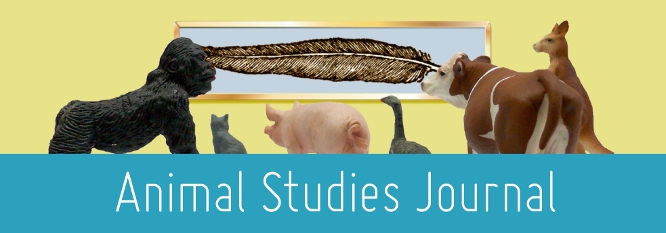Home > assh > ASJ > Vol. 12 (2023) > No. 2

Abstract
Prisons are responsible for the social and biological death of the humans trapped within them, the animals whom it coerces prisoners to farm and slaughter, free-living animals displaced by prison building, as well as the ecosystems and waters destroyed by prison effluent which makes the lives of those dependent upon these systems and resources for survival, unliveable. In the context of the Sixth Extinction, the prison is at once one of the most resource intensive institutions contributing to Anthropogenic climate change and biodiversity loss, and paradoxically, in the last two decades, sometimes positioned similarly to zoos as an ecological saviour of threatened species. The most established example of this is the Sustainability in Prisons Project that operates in many United States prisons. Specific to conservation, it trains prisoners – often in partnerships with zoos – to captively rear endangered animals and plants. There is also a zoo located on the grounds of a Florida prison in which prisoners care for abandoned animals, which is open to the public for tours. This article argues that the current initiatives of prison zoos and prison conservation programs reflect the trajectory of animal zoo eras and human zoos, with unique implications: two institutions of captivity, the zoo and the prison, now reify each other under the auspices of ecological conservation – a project whose need and operation continues the racialized and anthropocentric projects that gave it rise.
Recommended Citation
Struthers Montford, Kelly, Prison Zooing and Conservation: Human and Animal Caging in a Time of Ecological Catastrophe, Animal Studies Journal, 12(2), 2023, 110-133.Available at:https://ro.uow.edu.au/asj/vol12/iss2/7
Included in
Animal Studies Commons, Criminology and Criminal Justice Commons, Environmental Studies Commons

